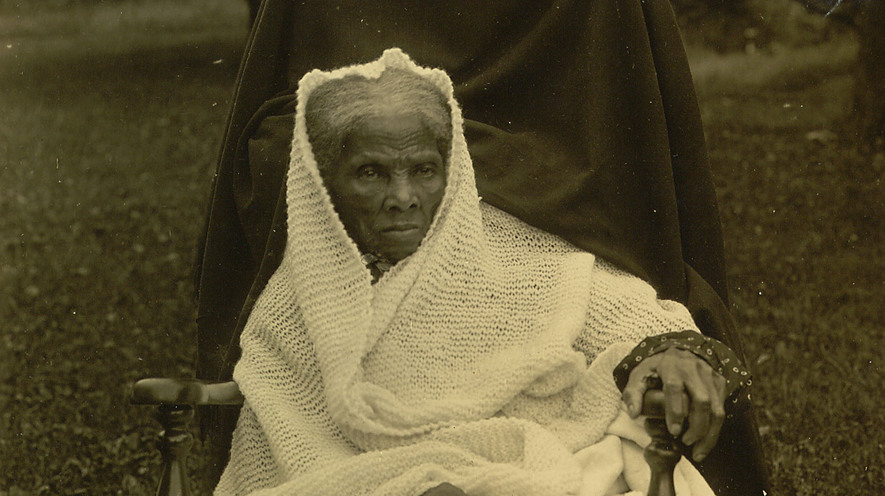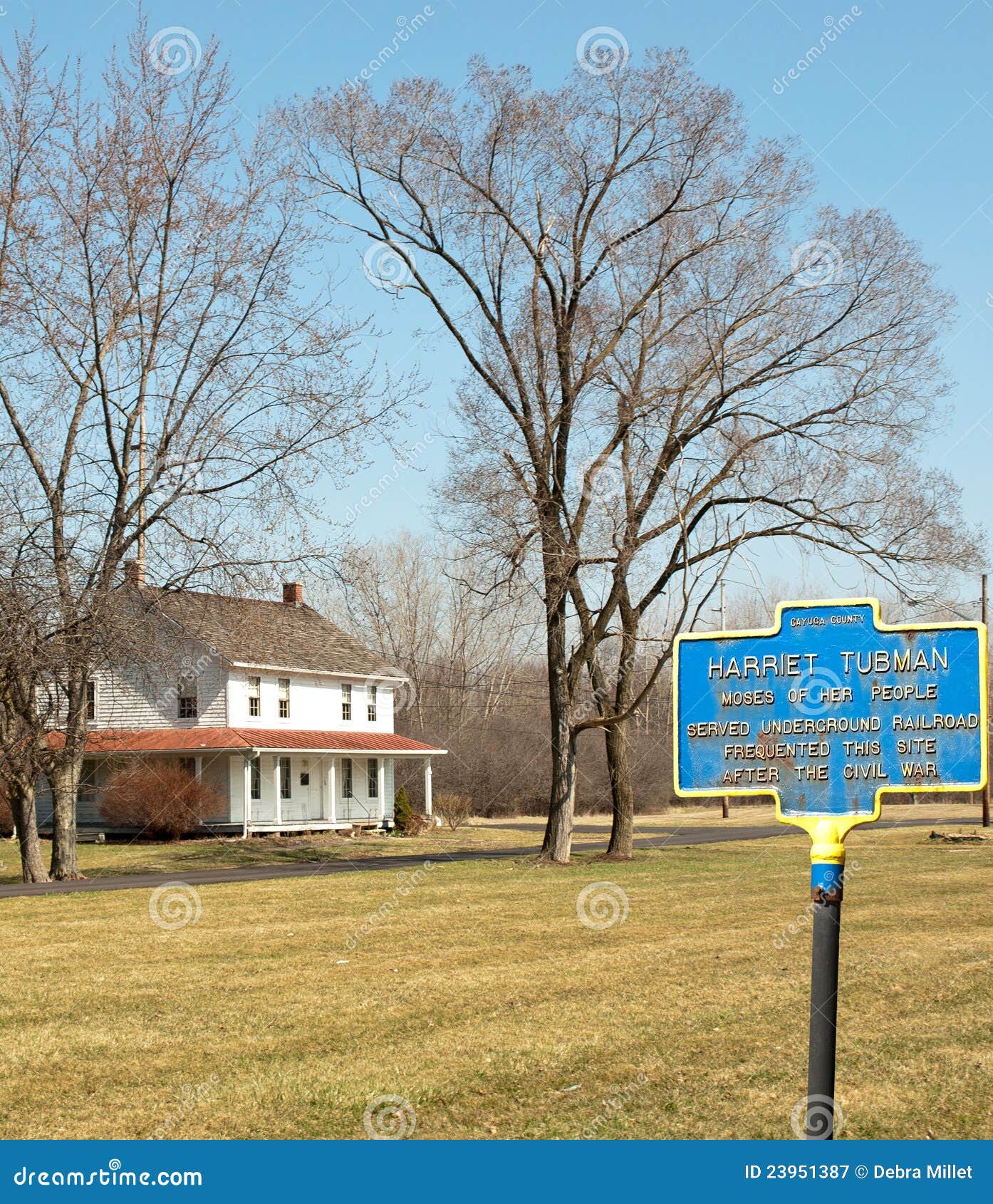Table Of Content
- Breaking Barriers in the Sky: The First African American Flight Attendants
- Proposed Underground Railroad Corridor would highlight Harriet Tubman's fight for freedom
- Explore the National Park Service
- Former Ivy Ridge students and community members protest in Ogdensburg
- Rural North Country towns get millions to revitalize from NY Forward grants
- Parks, monuments and historical sites

Realizing that a Civil War was imminent, Tubman found a haven for her family in the pastoral village of Fleming, New York, just outside the city of Auburn. Bowes, the cultural resources manager with the Harriet Tubman National Historical Park, said she believes community members likely have photographs and other items related to the history of the Thompson Memorial AME Zion Church. The Parker Street building is part of the park and hosted the 1913 funeral for Tubman, the iconic abolitionist who spent the second half of her life in Auburn. Over the next 10 years, Harriet befriended other abolitionists such as Frederick Douglass, Thomas Garrett and Martha Coffin Wright, and established her own Underground Railroad network.
Breaking Barriers in the Sky: The First African American Flight Attendants
Tubman found work as a housekeeper in Philadelphia, but she wasn’t satisfied living free on her own—she wanted freedom for her loved ones and friends, too. Harriet’s good deed left her with headaches and narcolepsy the rest of her life, causing her to fall into a deep sleep at random. She also started having vivid dreams and hallucinations which she often claimed were religious visions (she was a staunch Christian). The NMAAHC shares the story of Harriet Tubman through its collections relating to her life, her activism, her strength and her community.
Proposed Underground Railroad Corridor would highlight Harriet Tubman's fight for freedom
Harriet Tubman Home Discovered - Maryland Site Found by Archaeologists - Town & Country
Harriet Tubman Home Discovered - Maryland Site Found by Archaeologists.
Posted: Fri, 23 Apr 2021 07:00:00 GMT [source]
But as Marcia Pradines, a project leader at the Chesapeake Marshlands National Wildlife Refuge Complex, tells the Guardian’s Alexandra Villarreal, officials hope to eventually include the spot on an interpretive trail. Artifacts found during the dig will go on view at the Harriet Tubman Underground Railroad Visitor Center in nearby Church Creek. Rit worked as a cook in the plantation’s “big house,” and Benjamin was a timber worker. Photograph album owned by Emily Howland showing the last page featuring a photograph of Harriet Tubman. Angela Tate, Curator at the National Museum of African American History and Culture gives a deeper look into objects related to Harriet Tubman's life. In her final years on the plantation before escaping, Tubman became a familiar figure in the fields.
Explore the National Park Service
In 1849, Tubman escaped to Philadelphia, only to return to Maryland to rescue her family soon after. Slowly, one group at a time, she brought relatives with her out of the state, and eventually guided dozens of other enslaved people to freedom. Tubman met John Brown in 1858, and helped him plan and recruit supporters for his 1859 raid on Harpers Ferry. In 1859, Harriet Tubman bought a house in Auburn, New York from Senator William H. Seward to serve as a home for her family. After the war, women and African Americans continued their fight for equality and voting rights.

When she returned with information about the locations of warehouses and ammunition, Montgomery’s troops were able to make carefully planned attacks. For her wartime service Tubman was paid so little that she had to support herself by selling homemade baked goods. In 1849, on the strength of rumours that she was about to be sold, Tubman fled to Philadelphia, leaving behind her husband (who refused to leave), parents, and siblings. In December 1850 she made her way to Baltimore, Maryland, whence she led her sister and two children to freedom. If anyone decided to turn back—thereby endangering the mission—she reportedly threatened them with a gun and said, “You’ll be free or die.” She also was inventive, devising various strategies to better ensure success. One such example was escaping on Saturday nights, since it would not appear in newspapers until Monday.

Harriet Tubman lived in Cape May in the early 1850s, working to help fund her missions to guide enslaved people to freedom. After her initial journeys conducting freedom seekers to Canada, her friend and abolitionist leader Franklin Sanborn wrote, “She returned to the states, and as usual earned money by working in hotels and families as a cook. From Cape May, in the fall of 1852, she went back once more to Maryland, and brought away nine more fugitives.” The New Jersey Historical Commission says she spent two other summers in Cape May.
She was recruited to assist fugitive enslaved people at Fort Monroe and worked as a nurse, cook and laundress. Harriet used her knowledge of herbal medicines to help treat sick soldiers and fugitive enslaved people. Alison Saar (b. 1956), is a Los Angeles-based sculptor and mixed media artist who focuses on women and the African diaspora. This sculpture is titled after a Negro spiritual “Swing Low, Sweet Chariot,” which expresses a longing for a return to heaven.
Parks, monuments and historical sites
Tubman’s father, Ben Ross—a lumberjack who was freed from slavery five years after his enslaver’s death in 1836—owned the cabin. As outlined in his enslaver’s will, Ross received a ten-acre tract of land close to the Blackwater River upon his manumission. His wife and several of their children, including Tubman, remained enslaved but were able to reside in the cabin, notes Michael E. Ruane for the Washington Post. Born into slavery, Araminta Ross later adopted her mother’s first name, Harriet. At about age five she was first hired out to work, initially serving as a nursemaid and later as a field hand, a cook, and a woodcutter. Howland was a philanthropist, suffragist and educator who was also active in abolitionist circles.
In 2017, her photo album was acquired jointly by the NMAAHC and the Library of Congress. Of the nearly fifty photographs of abolitionists, educators and statesmen included in the albums pages, there was the newly discovered photograph of Harriet Tubman. The carte-de-visite portrait of Harriet Tubman was taken in Auburn, New York, when Tubman was in her mid-forties. This image of Tubman at the height of her powers is especially interesting when noting how stylish she appears to be. She drapes her ruffled arm gracefully across a chair and the other rests on her checked skirt and she appears solemn yet assured. In her 70s she opened an old age home for formerly enslaved people, and an infirmary providing free healthcare to anyone, black or white.
On January 10, 2017 the Harriet Tubman National Historical Park was established. In 1880, a careless boarder accidentally set Tubman’s wood-frame house on fire and it was destroyed. Inside this small brick building, the home is set up much as it would have looked in the early 20th century and furniture owned by Tubman’s family can be found throughout this small, white home.
The Thompson AME Zion Church was her religious community for 22 years until her death in 1913. In 2016, the United States Treasury announced that Harriet’s image will replace that of former President and slaveowner Andrew Jackson on the $20 bill. Treasury Secretary Steven Mnuchin (who served under President Trump) later announced the new bill would be delayed until at least 2026. In January 2021, President Biden's administration announced it would speed up the design process to mint the bills honoring Tubman's legacy.

No comments:
Post a Comment